Why is Groundhog Day so popular in the USA and how is it celebrated (6 photos)
This interesting tradition became known after the release of the film with Bill Murray. 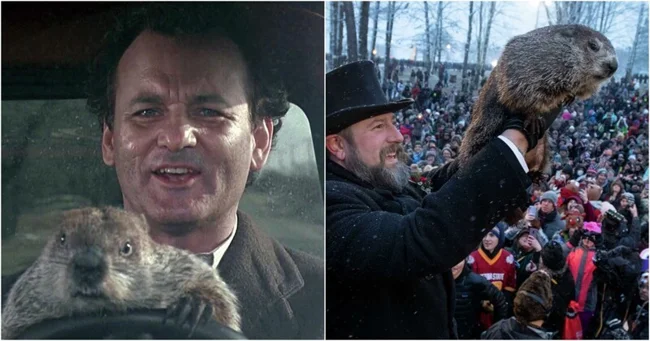
Groundhog Day is celebrated in North America on February 2. One of the most famous representatives of this breed, Pansaktonsky Phil, predicted that the climatic winter would last as long as six weeks. But Mel the groundhog from Milltown (New Jersey) died right on the eve of the holiday. The marmots of the Moscow Zoo hint at a long winter and happily slept through their holiday.
A funny tradition is widespread mainly in Canada and the USA. At first it was a small holiday, but over the years it has grown into an event that, in scope, can be compared to Independence Day and Christmas.
What's the point 
Woodchucks are meteorologists of the animal world. On February 2, the accuracy of their forecasts can reach 80%, which is quite a high figure. It is on February 2 that Americans watch a marmot emerging from its hole after hibernation. There is a belief that by his behavior one can judge whether spring will come soon. If there is sun outside, the groundhog, frightened by its shadow, will rush back into its hole - this means that spring will be late and winter weather will remain for about six more weeks. And if the day is cloudy, then the groundhog, not seeing anything suspicious, leaves its home and this predicts the early arrival of spring.
Story 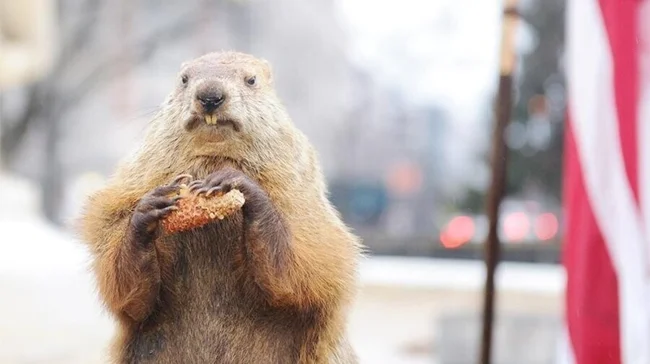
The roots of the holiday go all the way back to Ancient Rome, whose inhabitants celebrated Hedgehog Day on February 2 with the same observation parameters. The people of Western Europe inherited the tradition, although in the north of Germany they preferred to watch a bear or a badger in a brutal way.
The ancient Celts also had such a holiday, which they called Imblok. They associated the beginning of February with the “climatic middle” between autumn and spring and the veneration of the goddess of spring Brigid.
The Presentation of the Lord also falls on February 2 according to the Gregorian calendar. For centuries, Christians not only went to church services on this day, but also watched the weather, counting how much time remained until it warmed up.
Why February 2 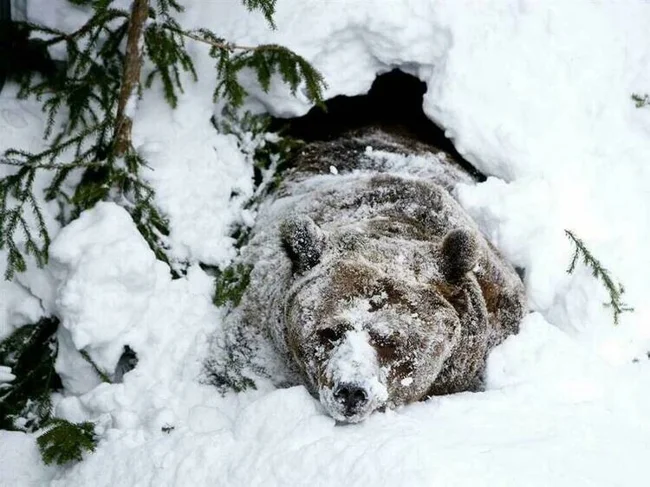
The Romans chose this day because the date was located right between the winter and spring solstice. In the USA they say: “If Candlemas is bright and clear, there will be two winters in the year.”
In the west of Rus', it was believed that on February 2, a sleeping bear turns over on its other side, and the Banat Bulgarians said that on this day the bear tries to leave the den. In the 18th century, the American tradition was established by Pennsylvania Germans - settlers of Germany and their descendants. Instead of European badgers and hedgehogs, they began to resort to the help of the marmot.
Celebration 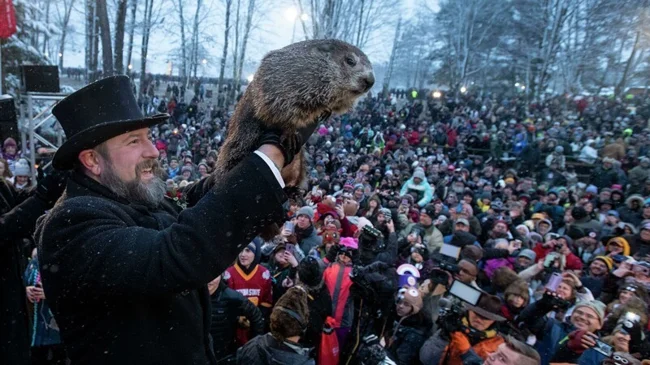
Americans first celebrated Groundhog Day in 1886. The center of the celebrations was the city of Pansactony, Pennsylvania. Gentlemen in tuxedos and hats assessed the behavior of the groundhog from Turkey Hill - Pansackton Phil. Everything went well: the weather was cloudy, Phil went out to stretch his legs and spring came early.
Every year Pansaktoni gathers thousands of people, reporters come and watch old Phil, because the organizers claim that this is the same marmot and his life supposedly prolongs his youth. Without legends, nowhere!
Special people are the members of the Pansactony Groundhog Club. From the very early morning, smartly dressed, they gather at the Turkey Hill, where the chosen one takes the groundhog out of the hole and brings it closer to his ear. Well, it’s as if Phil whispers a six-week forecast, and then the chosen one announces the groundhog’s words to everyone. At the very end, everyone present, right up to the governor of Pennsylvania, disperses to all sorts of entertainment events, bars and restaurants. The entire ceremony is broadcast both on the Internet and on television.
Interesting 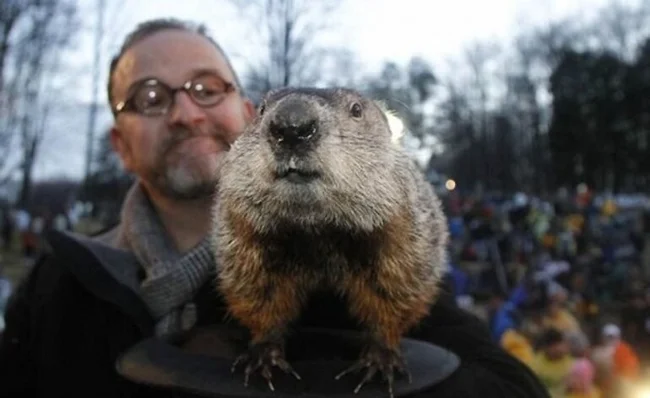
Other regions use their own marmots - Ontario's Wiarton Willie, Staten Island Zoo's Chuck. But only Pansaktonsky Phil is considered the primordial, “original” marmot.
The accuracy of the forecasts varies - climatologists and skeptics claim 39%, and dedicated fans claim 75% - 90% over the entire history of observations.
The woodchuck is the main character of the holiday. It lives from the northern borders of Canadian forests to the southern Appalachian mountains. When moving north, the date of emergence of these animals from hibernation shifts by one day every 12 km.





